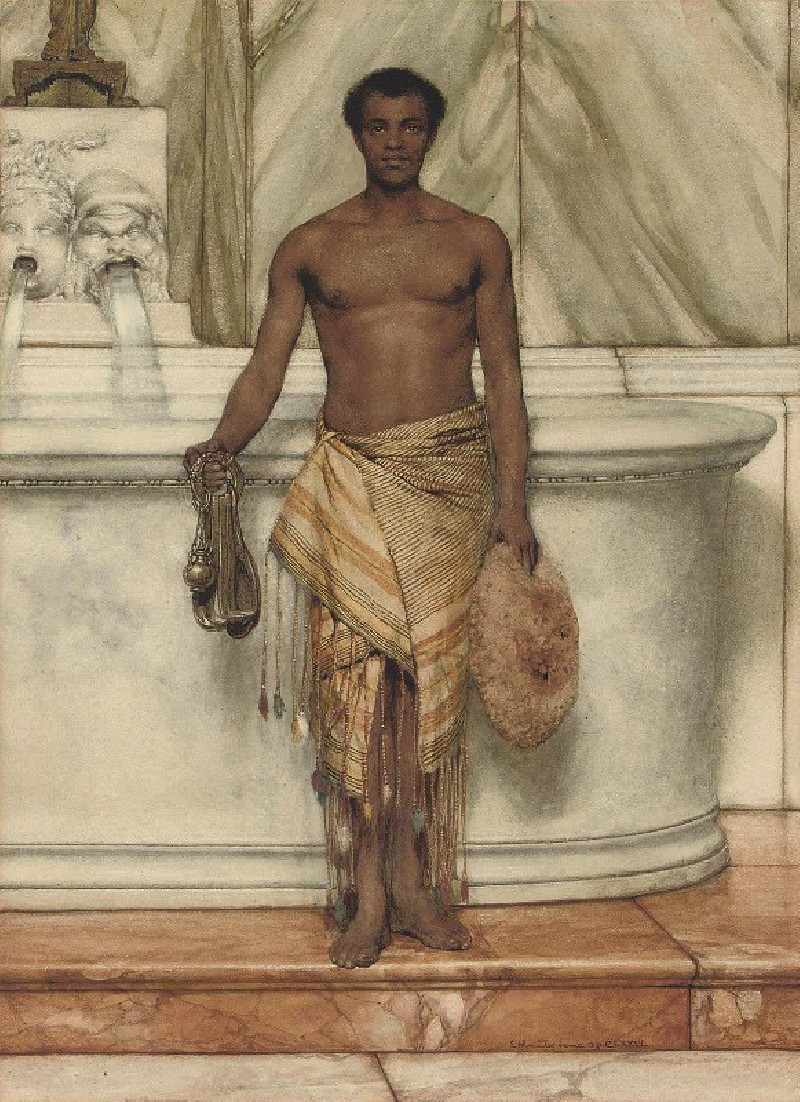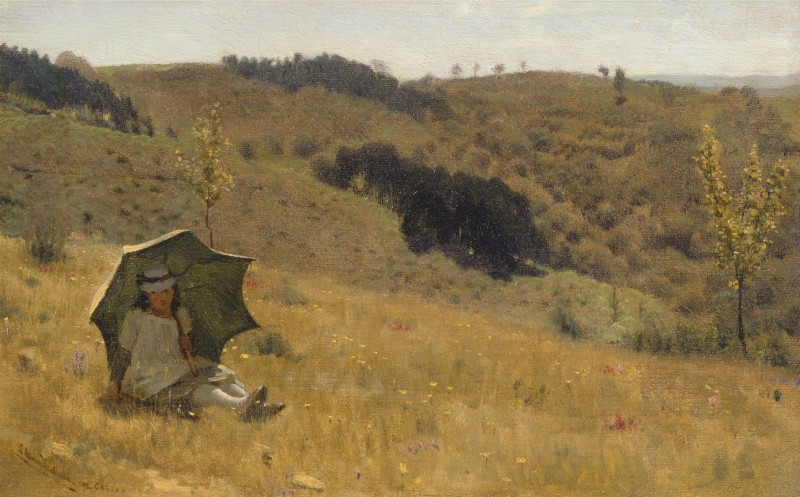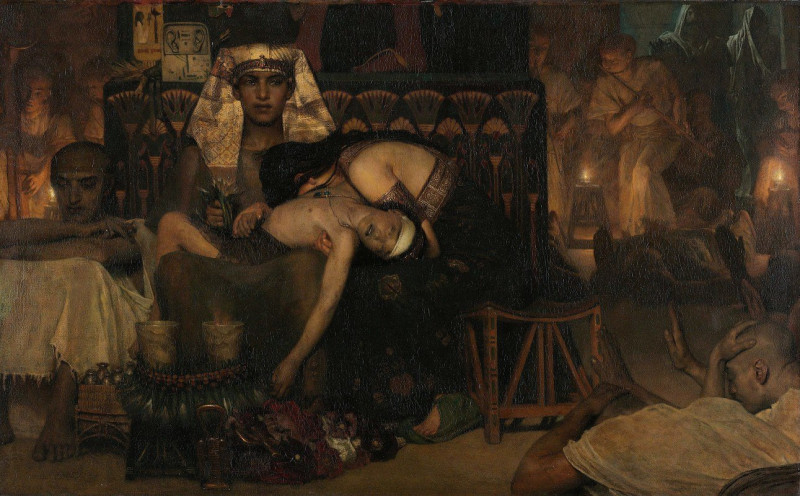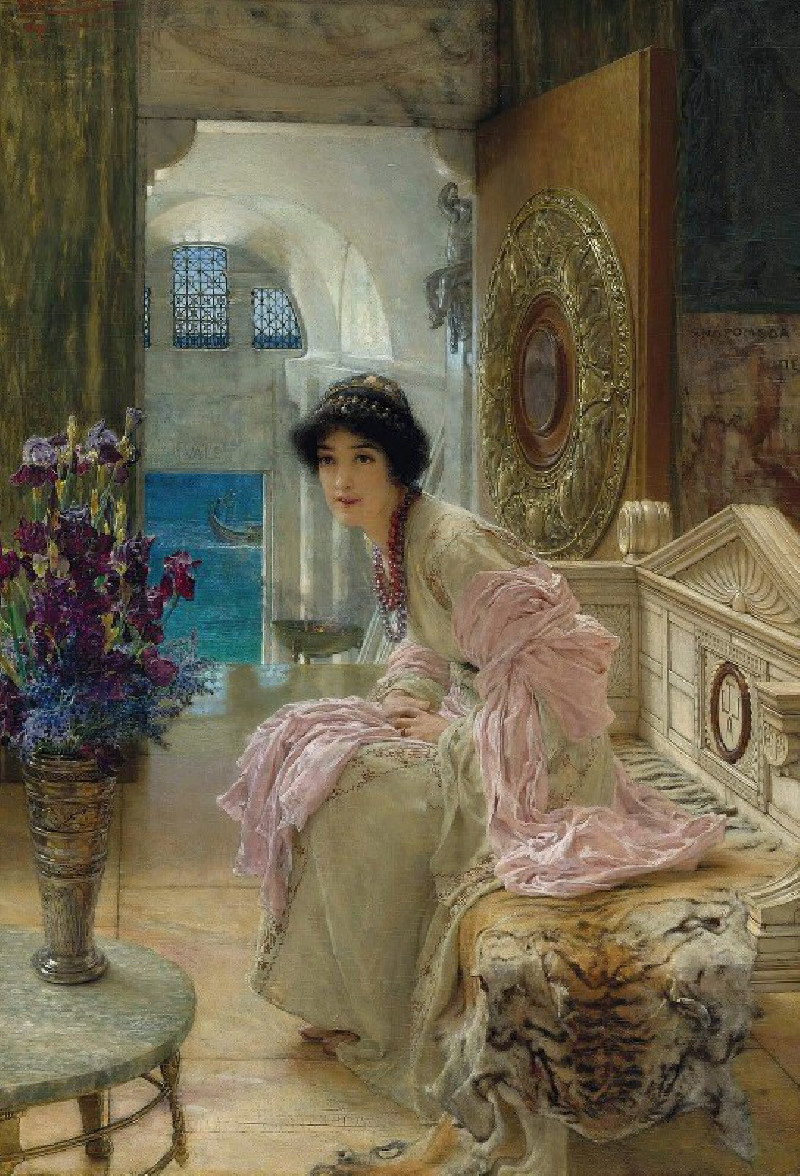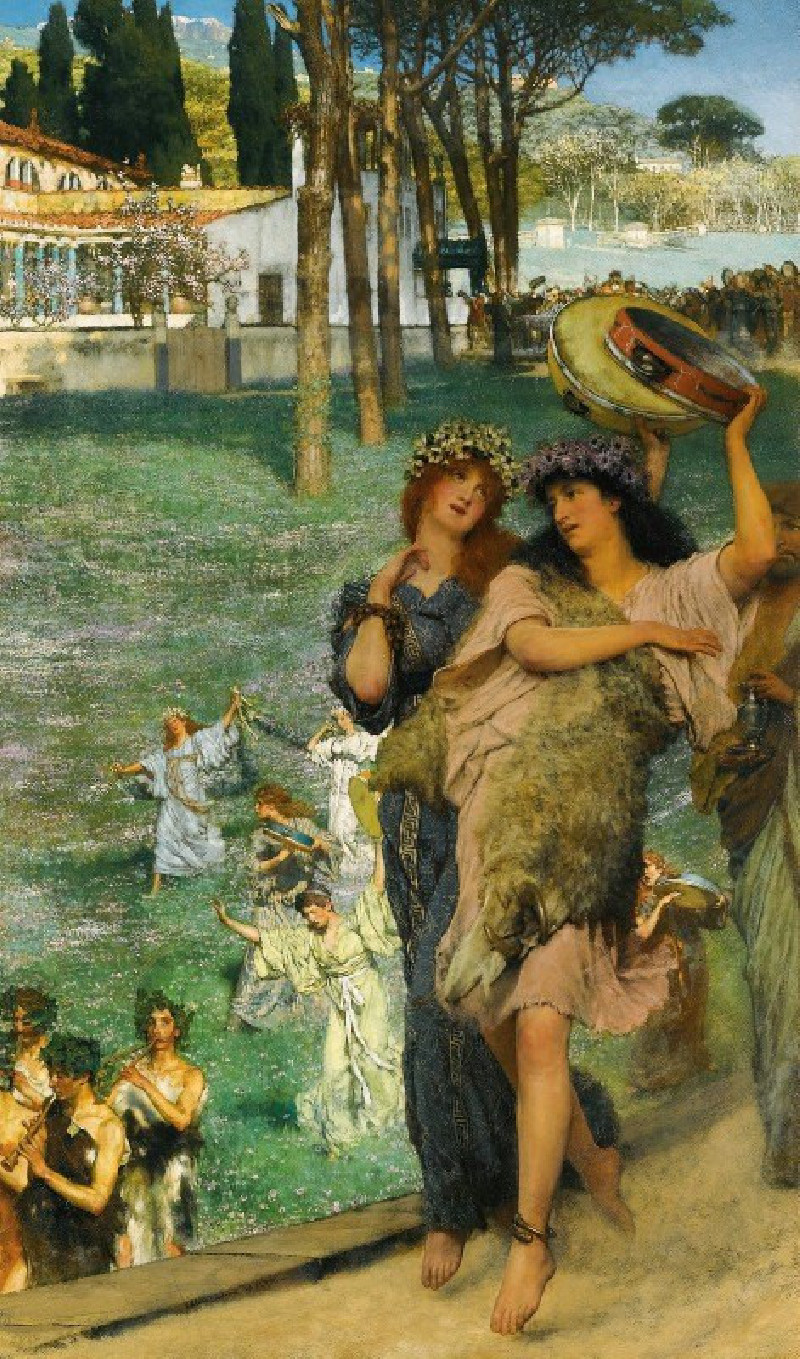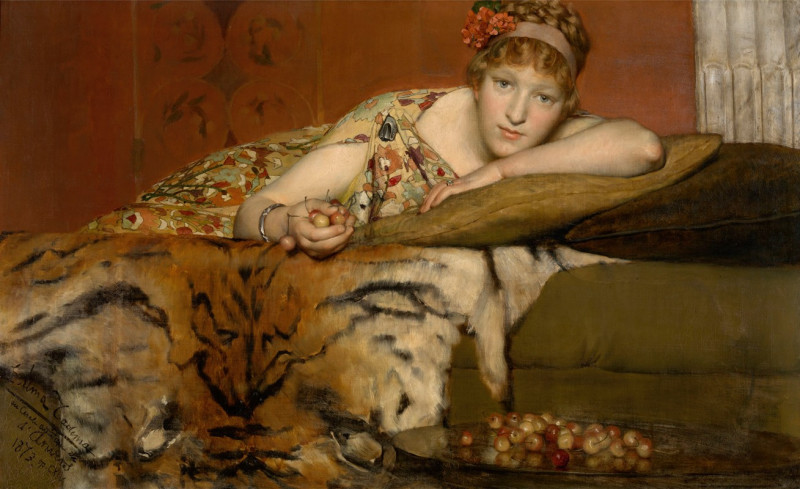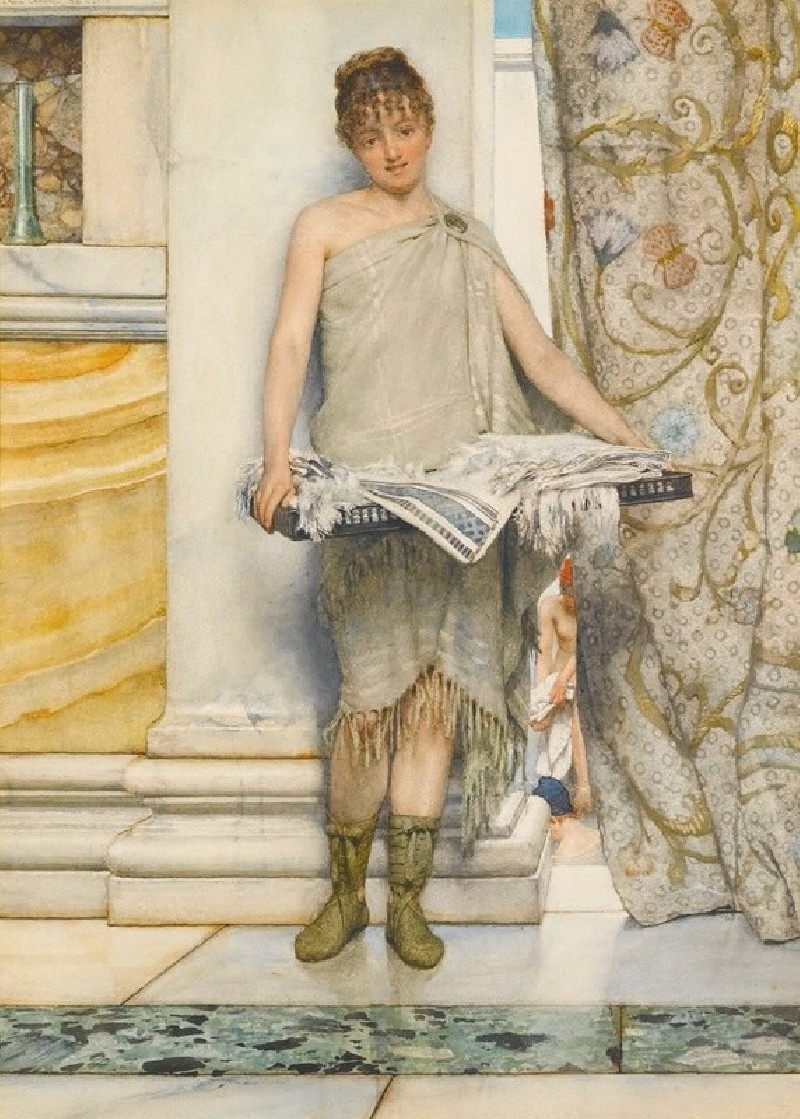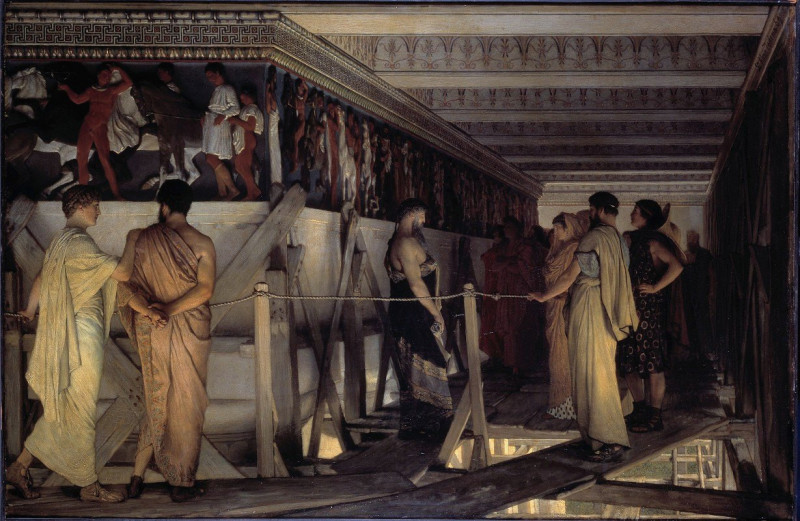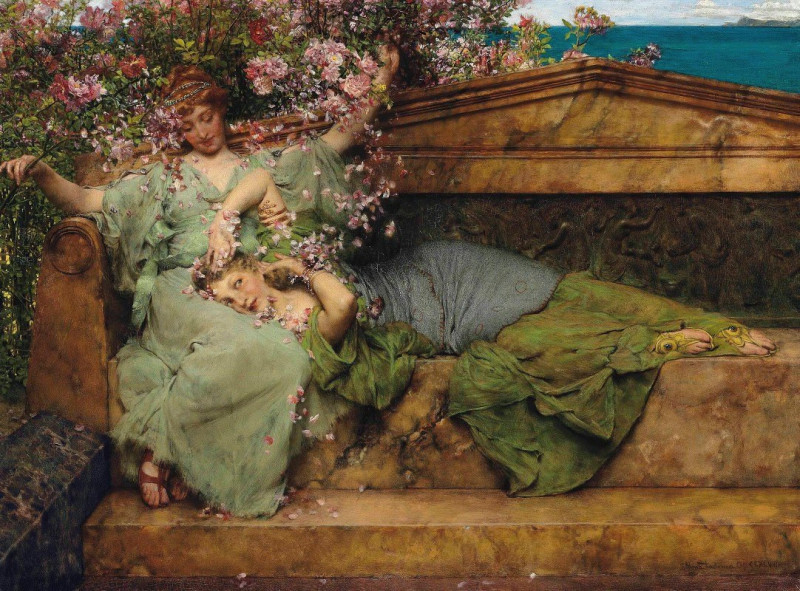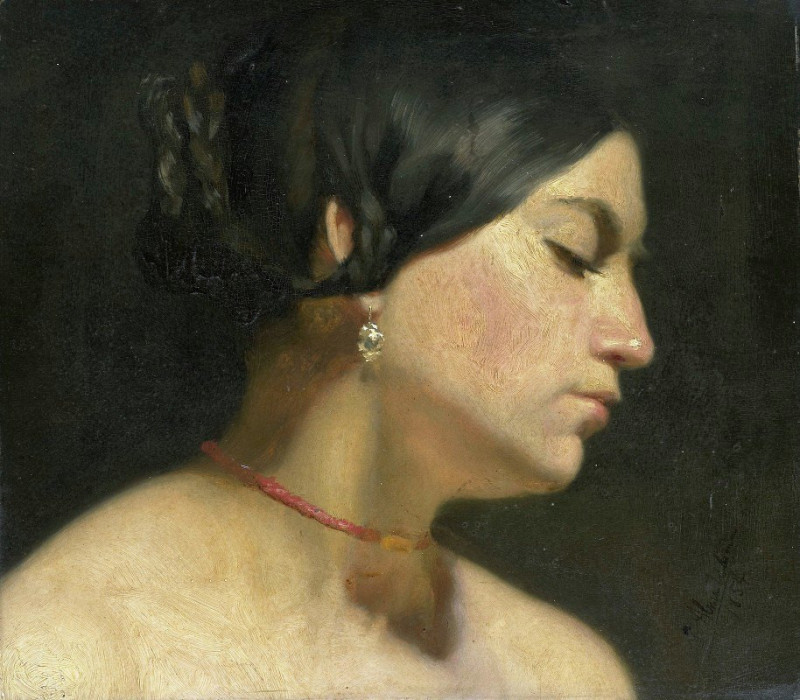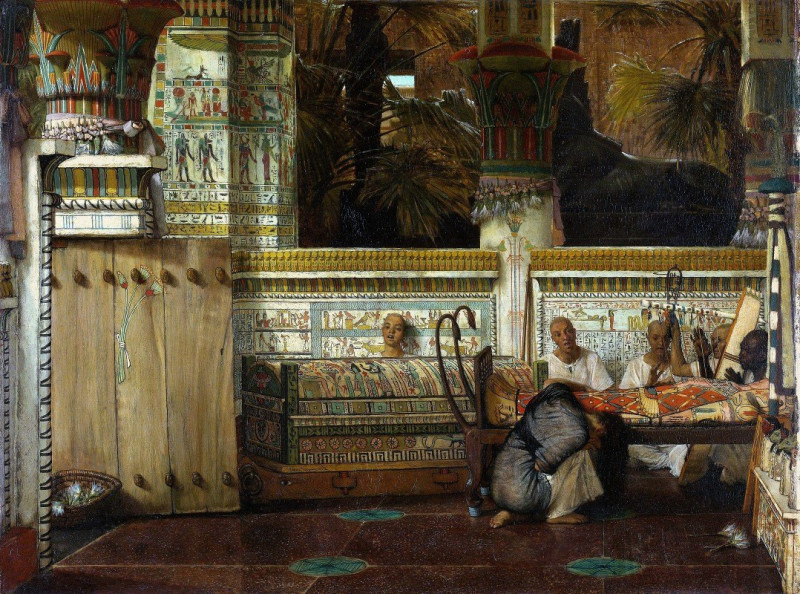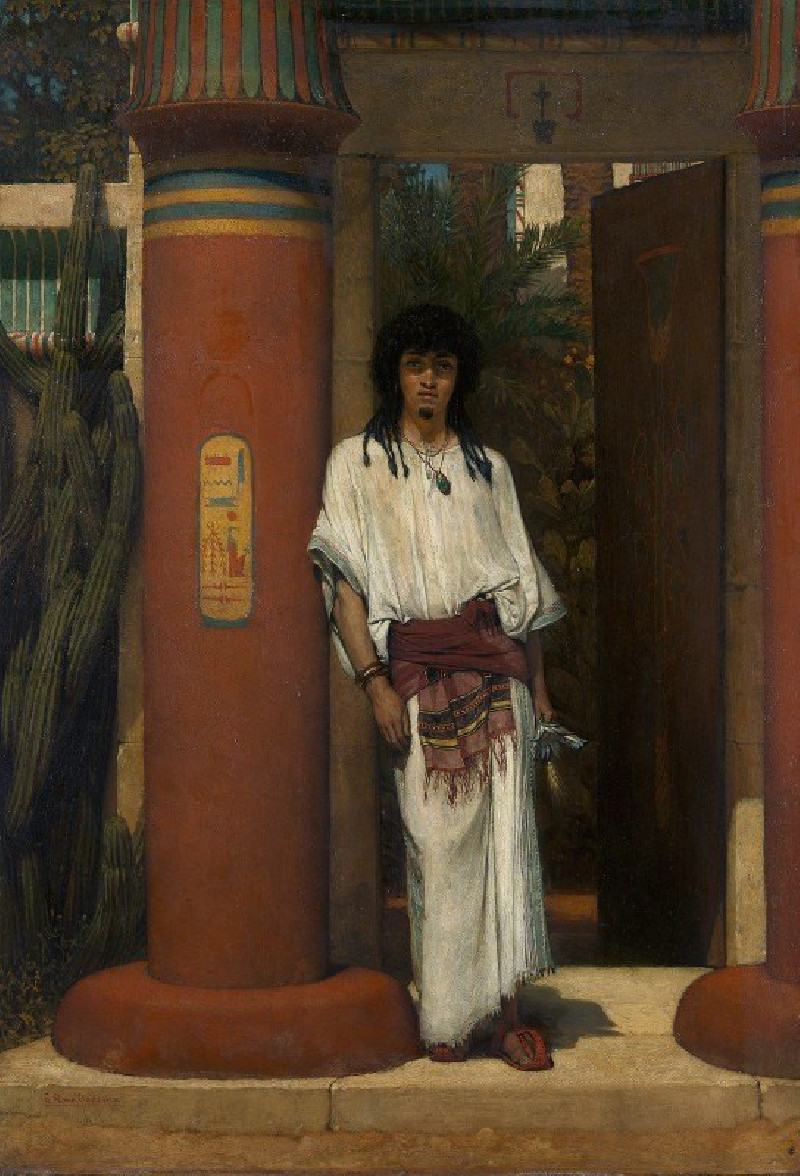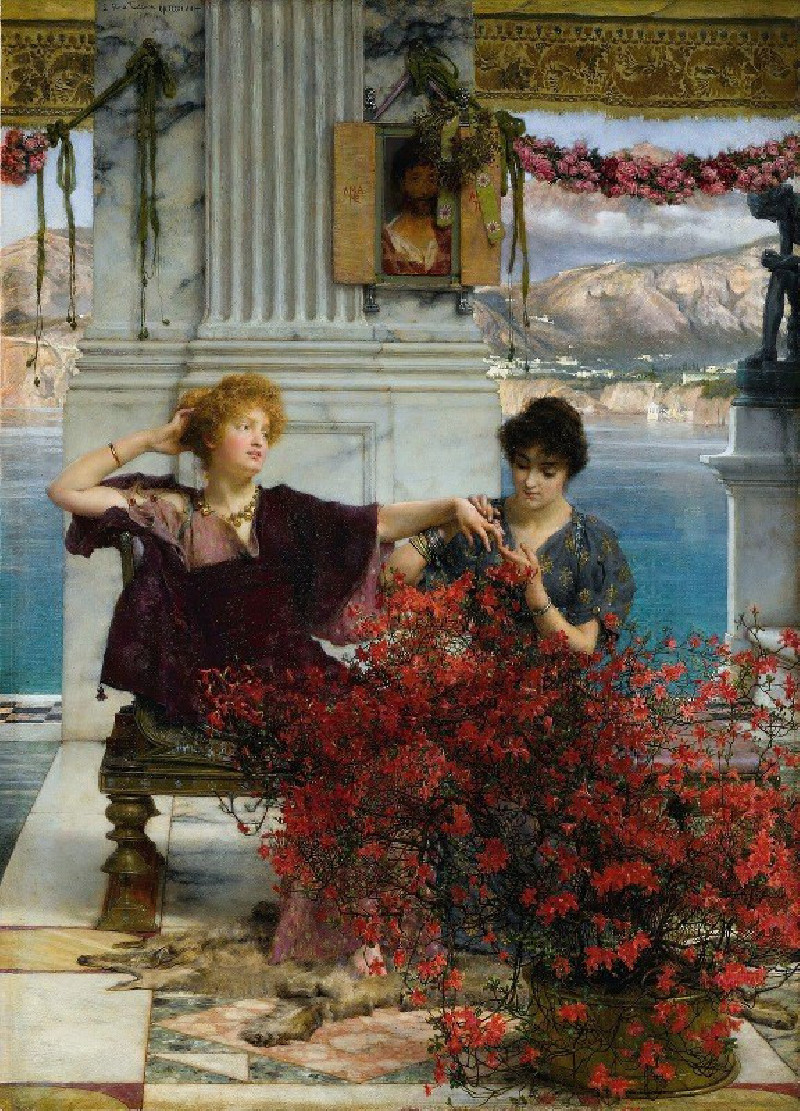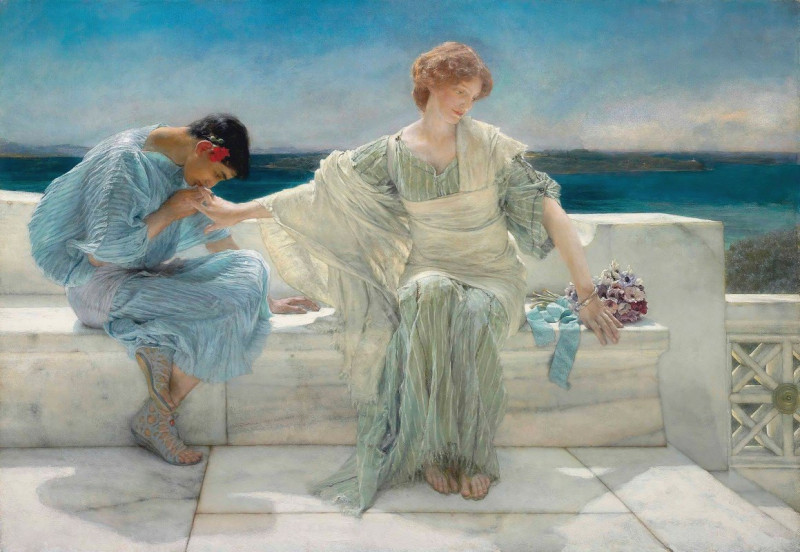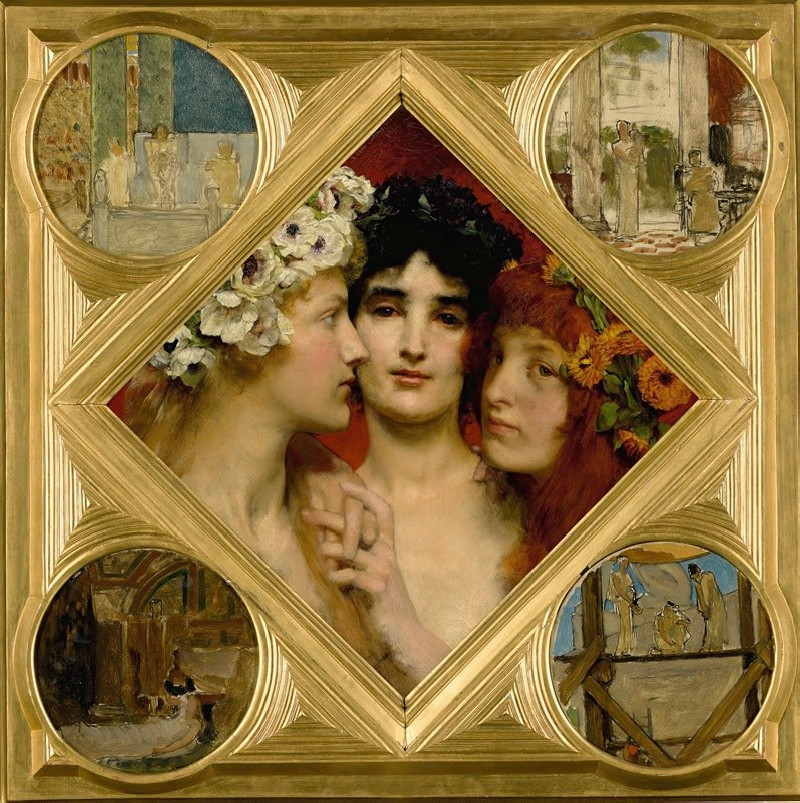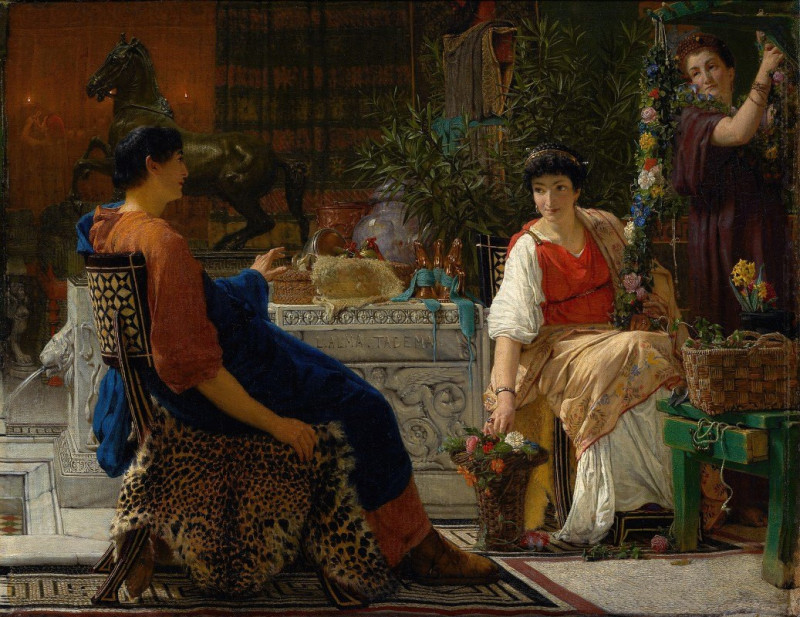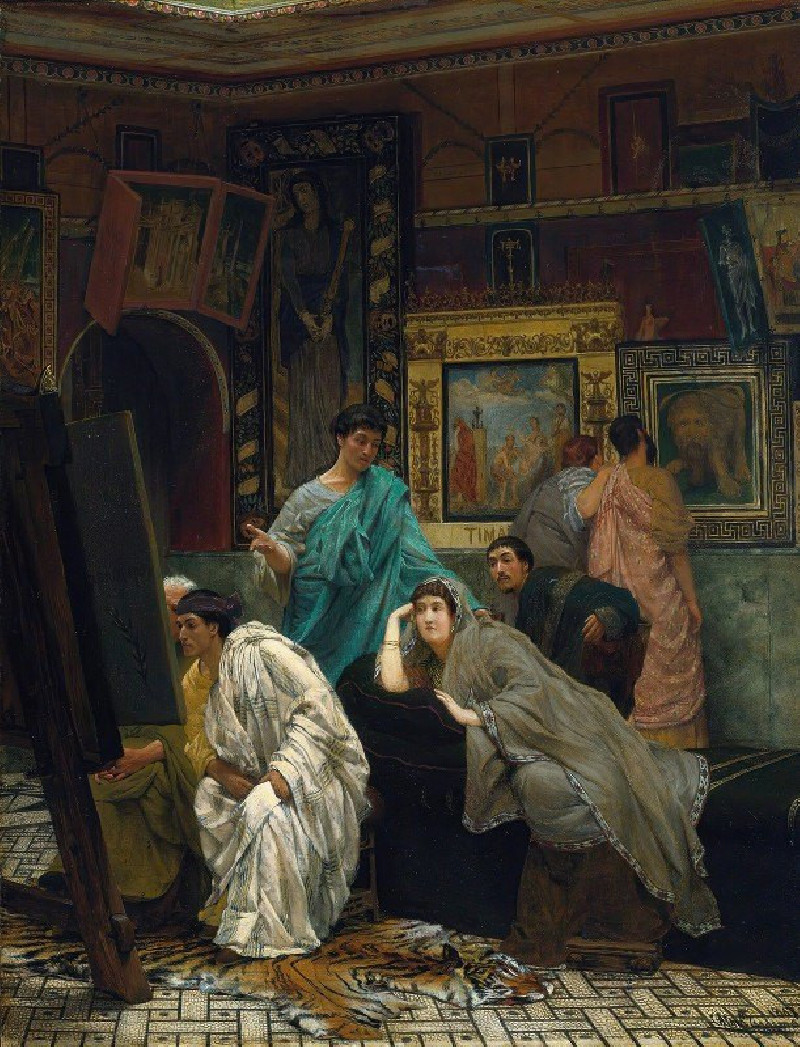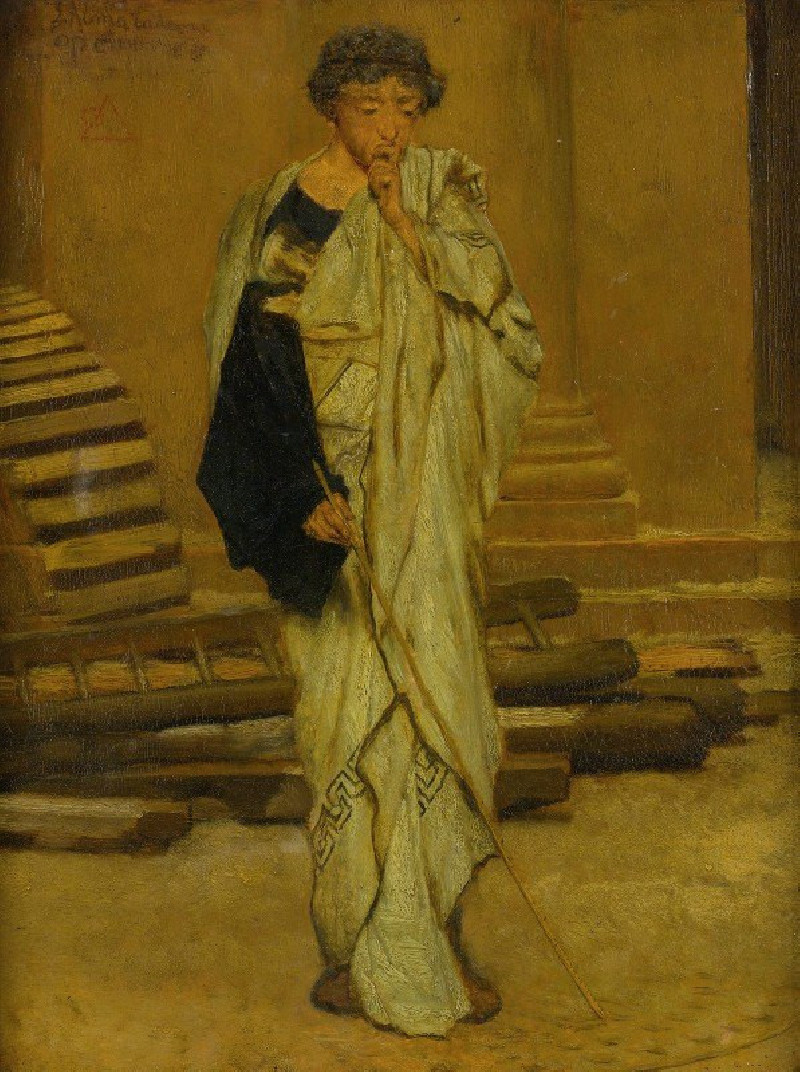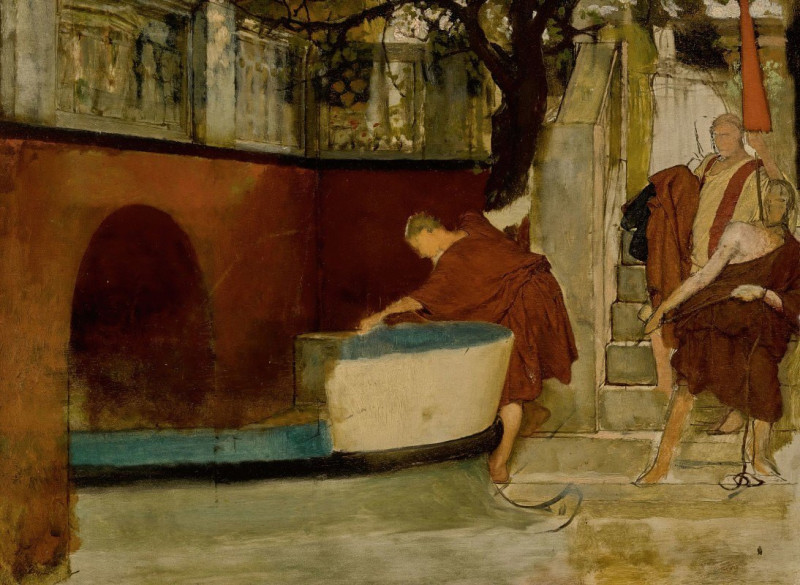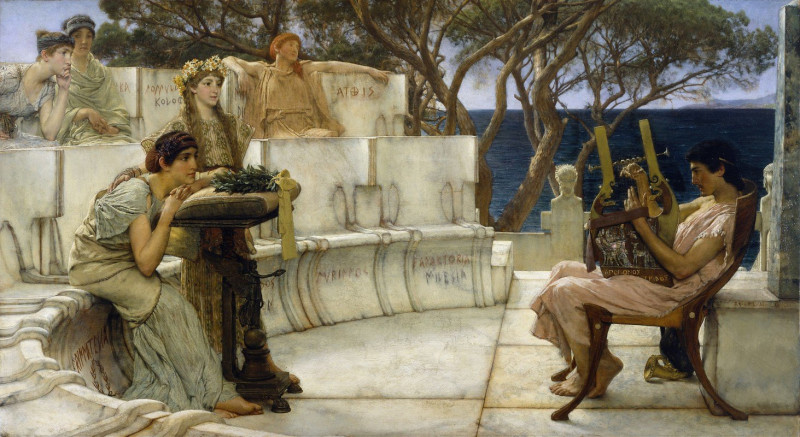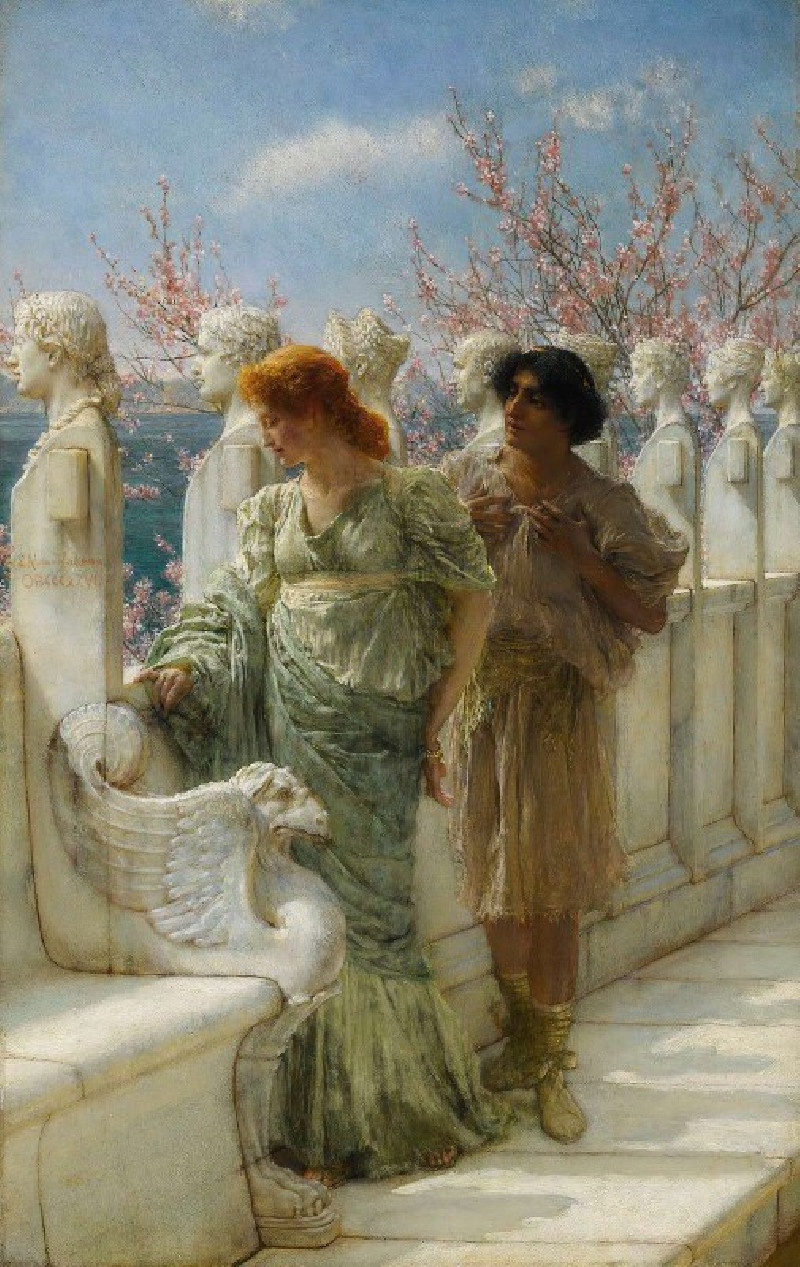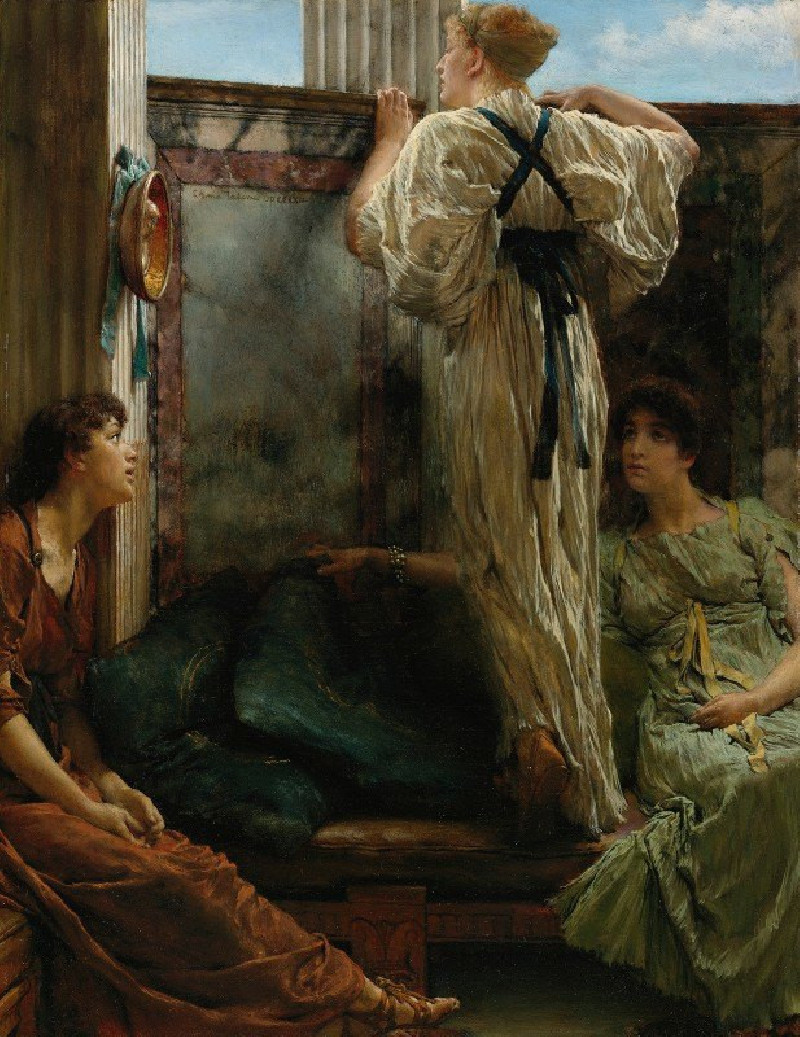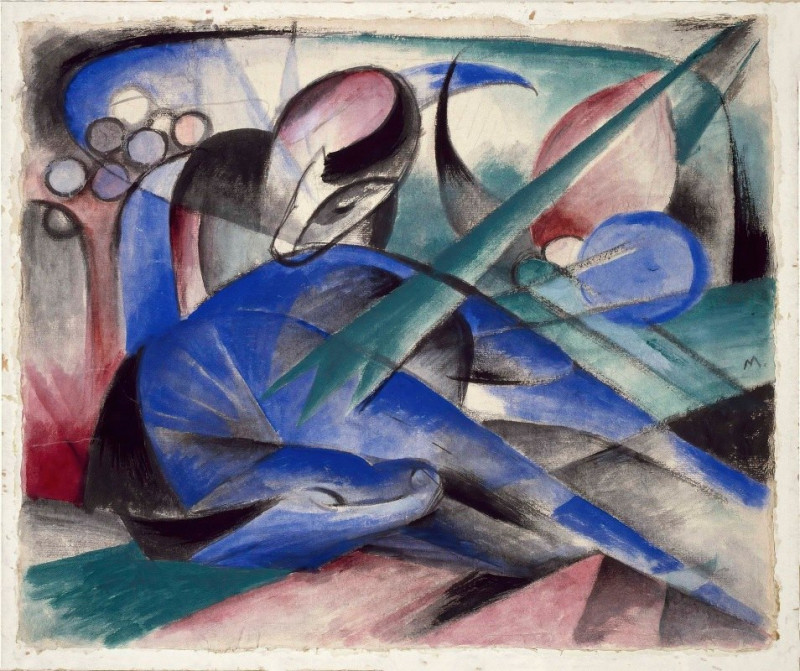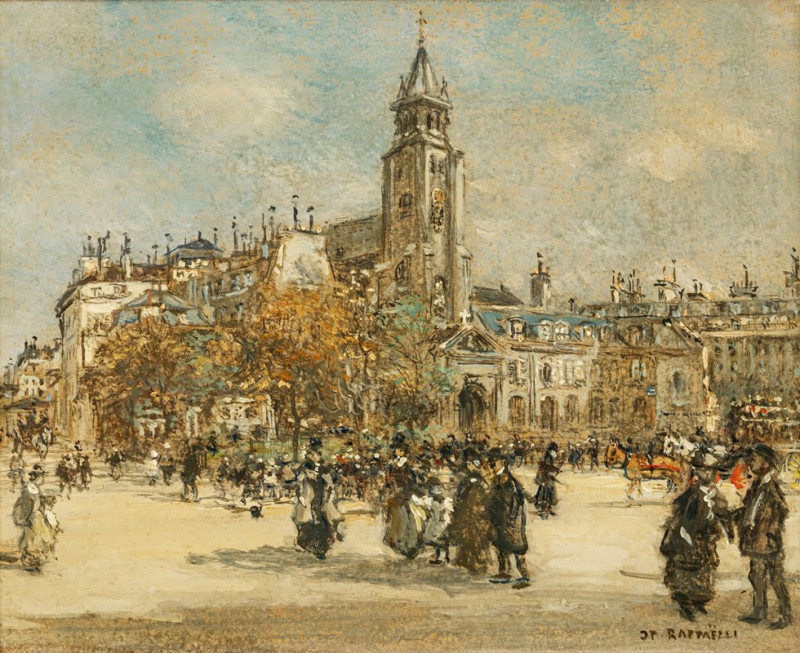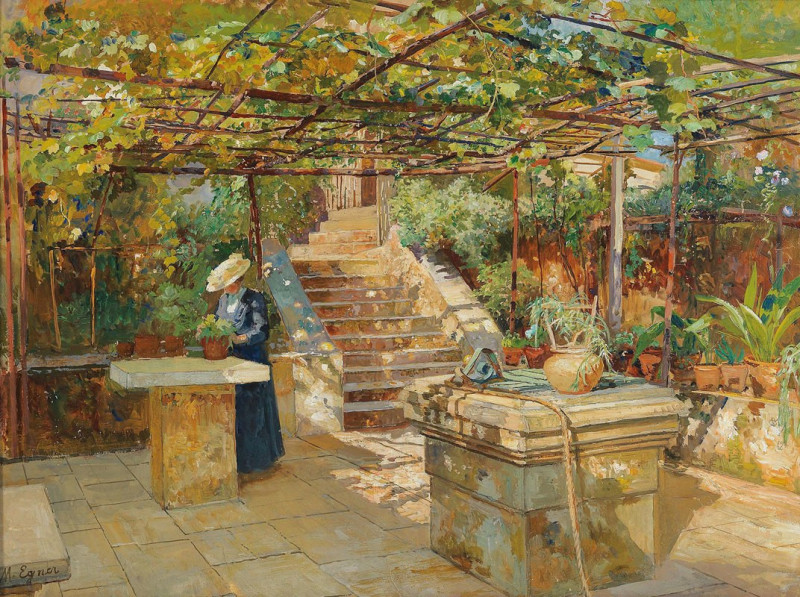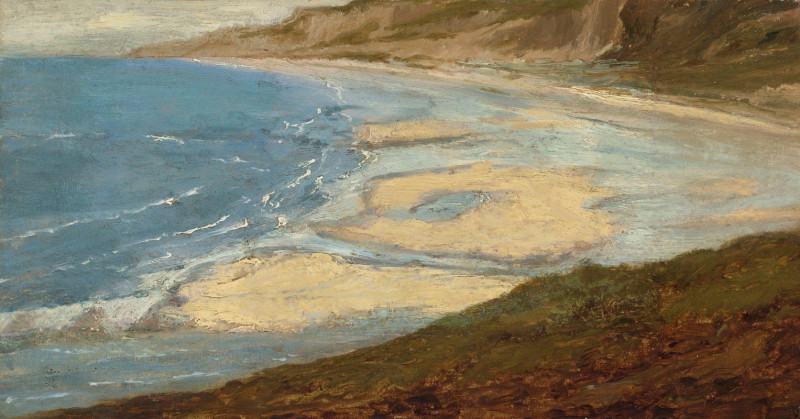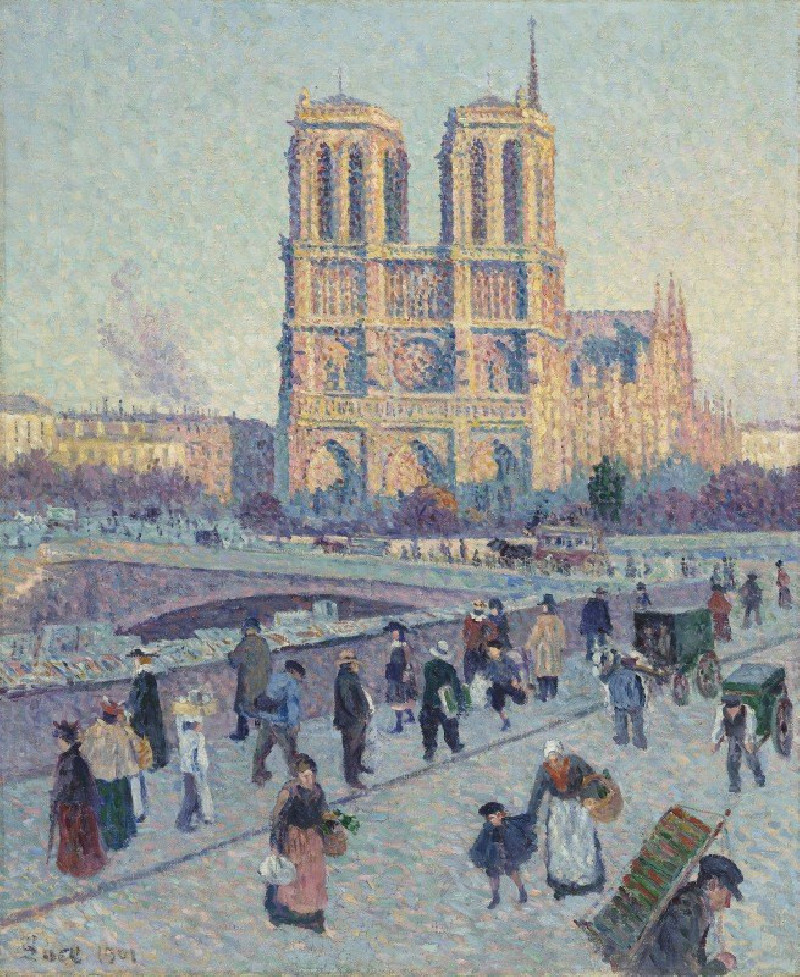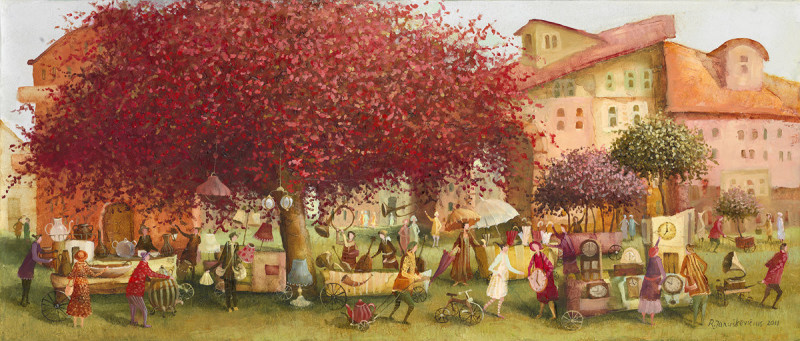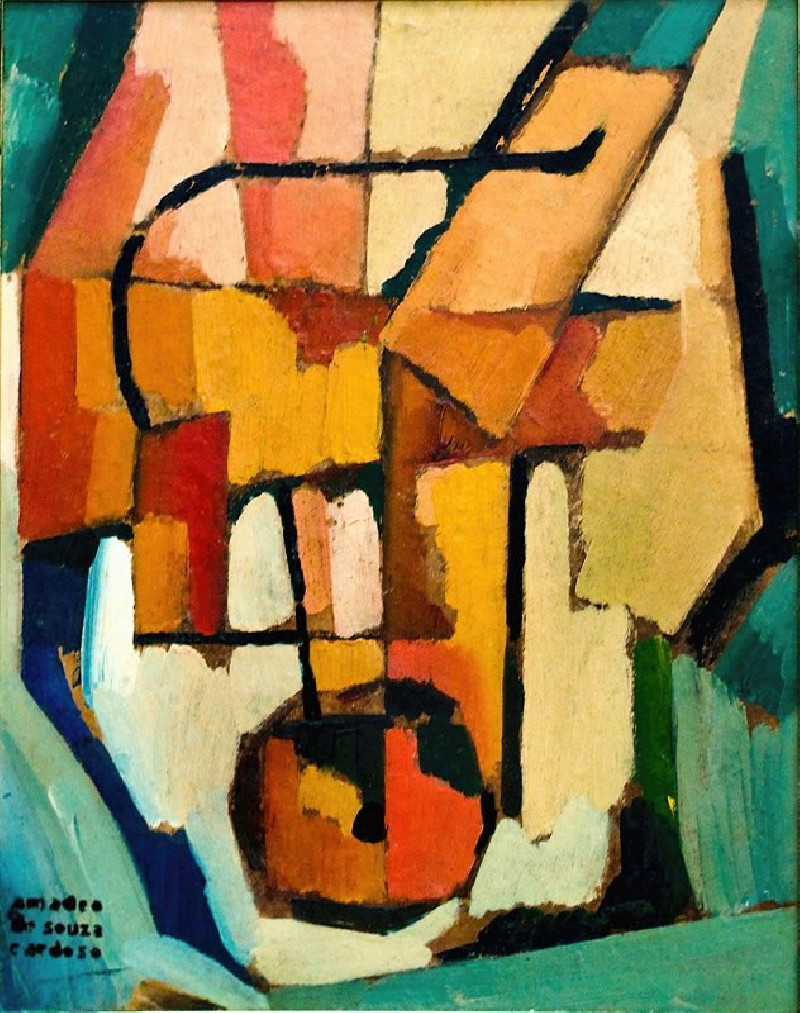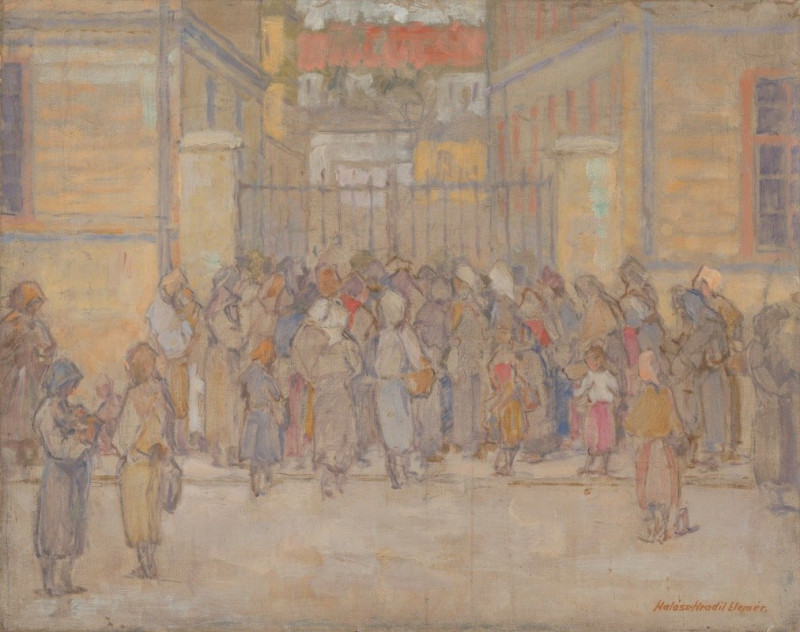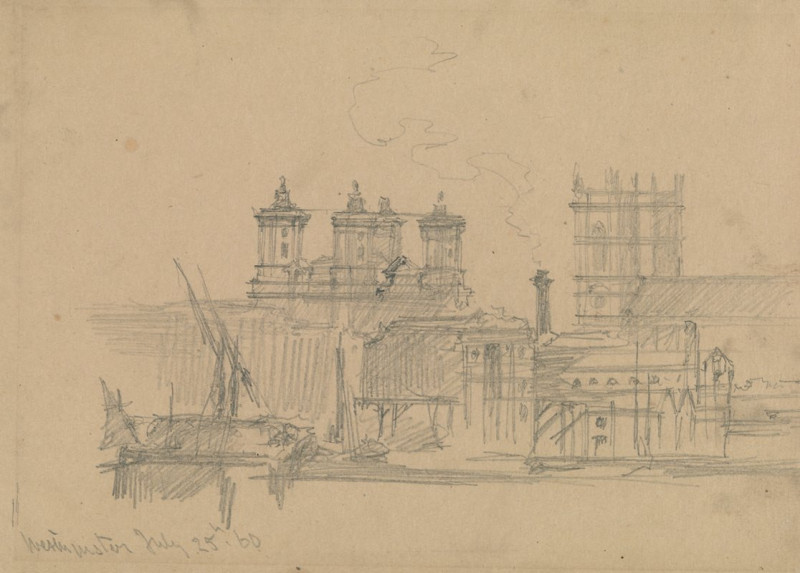The Balneator
Technique: Giclée quality print
Recommended by our customers
More about this artwork
Sir Lawrence Alma-Tadema's painting, presents a striking and evocative depiction of a figure from antiquity. The title "The Balneator," translates to "bath attendant" in Latin, and true to this role, the individual in the painting stands ready with the instruments of his trade. The figure is portrayed with a solemn and dignified expression, holding a pair of bronze jugs possibly used for pouring water, and a strigil, a tool used in ancient Roman times to scrape dirt and oil from the skin after exercising.The setting suggests a luxurious bathhouse, underscored by the classical architecture and the presence of detailed bas-reliefs and statuary in the background. These elements allude to the opulence typical of Roman bathing facilities. The attendant's costume, a richly decorated fabric draped around his waist, adds to the historical authenticity and visual appeal of the scene, highlighting Alma-Tadema's meticulous attention to detail and his passion for the classical world.Alma-Tadema’s brilliant handling of textures, from the smoothness of the marble to the intricate pattern of the fabric, together with the subtle interplay of light and shadow, imparts a lifelike quality to the scene and emphasizes the serene and almost solemn atmosphere of the bathhouse.
Delivery
Returns
Sir Lawrence Alma-Tadema was a Dutch painter of special British denizenship. Born in Dronrijp, the Netherlands, and trained at the Royal Academy of Antwerp, Belgium, he settled in England in 1870 and spent the rest of his life there. A classical-subject painter, he became famous for his depictions of the luxury and decadence of the Roman Empire, with languorous figures set in fabulous marbled interiors or against a backdrop of dazzling blue Mediterranean Sea and sky. Alma-Tadema was considered one of the most popular Victorian painters.

